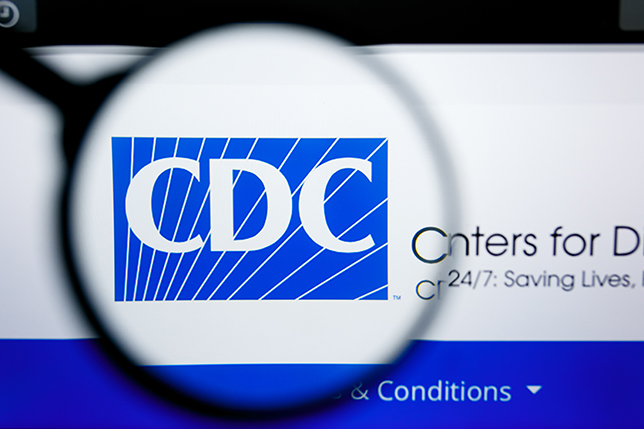CDC Revises Social Distancing Guidelines in Schools to 3 Feet
The Centers for Disease Control and Prevention (CDC) announced on Friday, March 19, that it is relaxing social distancing requirements for students returning to school for in-person learning. The organization has determined that students wearing masks in a classroom environment can be spaced just 3 feet apart. Outside the classroom, though—at lunch, sporting events, assemblies, and more—they still recommend the long-held standard of 6 feet.
One of the biggest logistical hurdles to reopening schools has been how to accommodate a given number of students within a limited classroom space while maintaining 6 feet of distance between each of them. Many schools have staggered their schedules, moved to bigger classrooms, or found other ways to make it work.

Studies of schools in Illinois, Indiana, and Massachusetts that reopened by spacing students 3 feet apart have revealed no significant difference in the spread of coronavirus as compared to spacing them 6 feet apart. Elementary school students can maintain the 3-foot space (again, while wearing masks) in communities with low, moderate, substantial, and high transmission rates. Middle and high school students can also be positioned at 3-foot intervals in areas with low, moderate, or substantial transmission rates. In areas with high transmission rates, however, the recommended distance is 6 feet.
“We really don’t have the evidence that 6 feet is required in order to maintain low spread,” said Greta Massetti, leader of the CDC community interventions task force. She said that younger students appear to be less susceptible to the virus, don’t seem to spread it as much, and seem to get less seriously ill when they do contract it. These are factors, she said, “that [allow] us that confidence that that 3 feet of physical distance is safe.”
Accordingly, teachers and other adult staff are still required to maintain 6 feet of distance. According to NBC News, “[D]istances of 6 feet should still be followed in settings where masks cannot be worn, such as lunchtime, the CDC said, as well as during activities like choir, band or intense sports that involve greater exhalation. These activities should take place outdoors or in large, well-ventilated spaces when possible.”
CDC Dr. Rochelle Walensky said the policy revisions are intended to serve as a “roadmap to help schools reopen safely, and remain open, for in-person instruction.” She also emphasized that the 3-foot distance is only appropriate when all students are masked.
The latest round of revisions also emphasizes the importance of ventilation to maintaining a healthy learning environment, as well as removes the recommendation for physical barriers like desk shields. “We don’t have a lot of evidence of their effectiveness,” Massetti said.
About the Author
Matt Jones is senior editor of Spaces4Learning. He can be reached at [email protected].